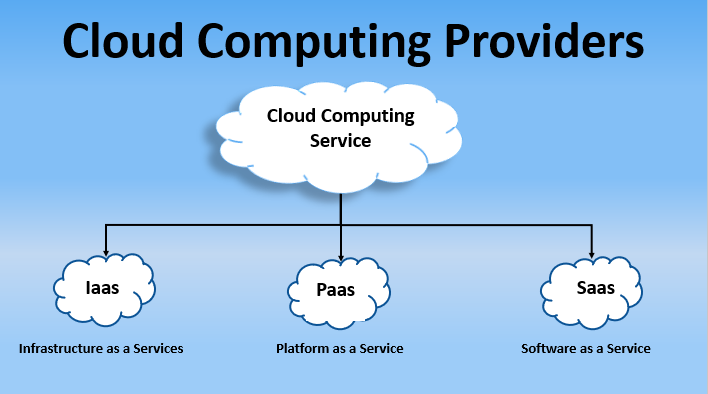Achieve Seamless Scalability With Cloud Solutions
In the ever-evolving landscape of cloud services, achieving seamless scalability stands as a foundation for modern services looking for to stay competitive and adaptable. The capacity to effortlessly increase or get resources in action to transforming needs is a pivotal advantage in today's fast-paced electronic atmosphere. By mastering the art of scalable cloud solutions, companies can not just maximize performance and streamline operations yet likewise lead the way for future development and development. The pursuit for smooth scalability with cloud services unveils a globe of opportunities for those going to welcome the transformative power of dynamic source management.
Advantages of Cloud Scalability
Cloud scalability supplies organizations the flexibility to dynamically readjust resources based on demand, making certain ideal performance and expense performance. In addition, cloud scalability promotes development and experimentation by enabling businesses to conveniently check new ideas and scale them as needed. Inevitably, the benefits of cloud scalability expand beyond cost savings to incorporate improved efficiency, dexterity, and advancement.
Trick Features for Scaling
Effective scaling in cloud services depends on essential features that allow organizations to readjust resources dynamically based on need. One more key attribute is scalability, allowing systems to manage enhanced work by adding resources seamlessly. Overall, these vital functions collectively empower companies to achieve seamless scalability in cloud solutions.
Executing Auto-Scaling Approaches
To effectively enhance resource allocation and adjust to differing work, companies must tactically execute auto-scaling approaches in their cloud solutions infrastructure. Auto-scaling enables systems to automatically adjust the number of calculate sources based on real-time demand. There are different auto-scaling approaches that organizations can use, such as anticipating scaling, which makes use of historical information to anticipate future source requirements, and reactive scaling, which reacts to current workload adjustments.

Finest Practices for Scalability
For organizations intending to improve their scalability in cloud services, applying best methods is important for browse this site ideal performance and resource management. One trick best technique is designing applications investigate this site with a microservices design. This technique breaks down applications right into smaller, independent solutions that can be deployed, updated, and scaled independently, enabling higher versatility and scalability.
One more crucial method is using containerization modern technology, such as Docker or Kubernetes. Containers allow the packaging of applications and their dependencies into separated systems, making it easier to scale elements independently and release them constantly across different settings.
In addition, executing automated implementation and infrastructure as code (IaC) can simplify scalability efforts (linkdaddy cloud services). Automation devices like Terraform or Ansible help in provisioning and handling resources successfully, lowering hands-on mistakes and making it possible for fast scalability
Additionally, checking efficiency metrics, establishing up notifies, and performing regular capability preparation are necessary practices to guarantee proactive scalability monitoring. By adhering to these finest practices, organizations can attain seamless scalability in their cloud services while maximizing performance and source utilization.
Tracking Performance Metrics
When evaluating the efficiency of cloud services scalability, carefully monitoring efficiency metrics is vital for ensuring optimum capability and resource allowance. By constantly tracking crucial efficiency indicators (KPIs) such as reaction times, source, throughput, and latency use, companies can obtain beneficial understandings into the health and effectiveness of their cloud infrastructure. Keeping an eye on performance metrics enables for the early detection of potential traffic jams or problems that could influence scalability, making it possible for positive steps to be taken to resolve them before they intensify.

Verdict
Finally, attaining seamless scalability with cloud solutions is important for companies to maximize performance, boost development, and keep high efficiency levels throughout peak times. By leveraging the advantages of cloud scalability, executing auto-scaling approaches, click here for more using crucial attributes such as elasticity and automation, and adhering to best practices like application layout and efficiency monitoring, services can efficiently scale their systems while making the most of resource use and performance.
The mission for smooth scalability with cloud services unveils a globe of possibilities for those prepared to accept the transformative power of vibrant resource management.
Cloud scalability provides companies the flexibility to dynamically adjust resources based on need, making certain ideal performance and cost efficiency. Another crucial function is scalability, allowing systems to manage increased work by adding sources effortlessly.For organizations intending to boost their scalability in cloud solutions, implementing best practices is important for ideal performance and resource monitoring.When examining the efficiency of cloud services scalability, closely checking performance metrics is imperative for making certain optimal functionality and source allowance.